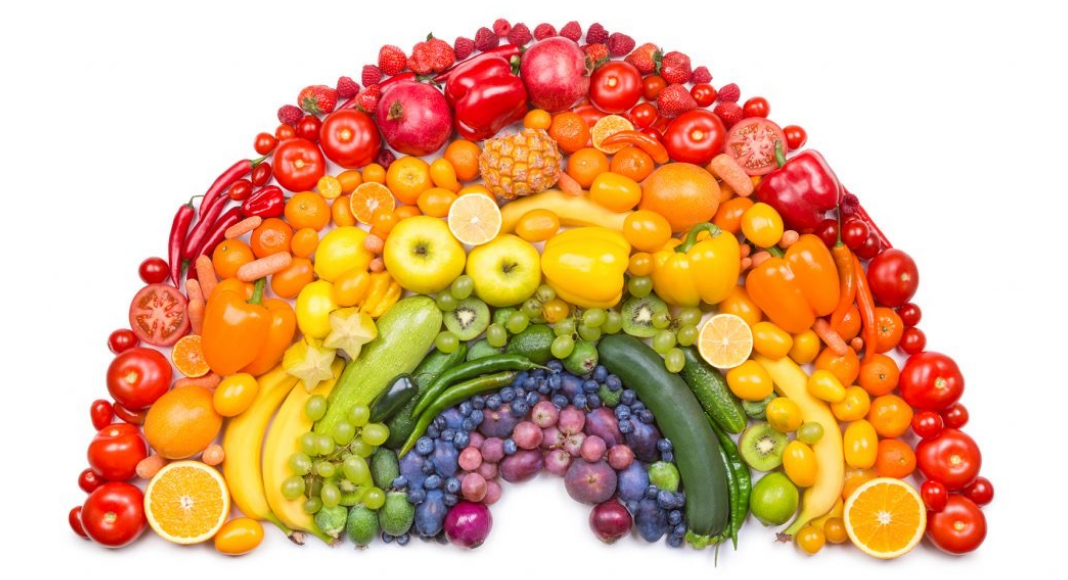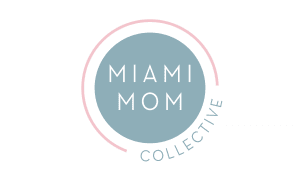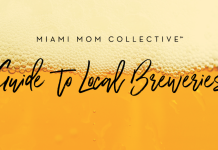This post is brought to you by our partners Baptist Health South Florida.
Mothers from the beginning of time have worked hard to keep their children healthy. Before there was a CVS and Walgreens on every corner, most families turned to natural remedies to optimize their health, including and especially food as medicine. While modern medicine has thankfully given us a great variety of options in both the prevention and healing of disease, the original root sources of health remain firmly intact.
Food as Medicine
Hippocrates, the Greek founder of western medicine, considered nutrition as one of the main tools that a doctor can use. Many of us in 2022 would say that this concept has been largely removed from our primary care physician and is often punted to specialists like Nutritionists.
Wouldn’t it be helpful to have a trusted resource to learn practical and useful nutrition strategies for your family? Our friends at Baptist Health South Florida have a Nutrition tab on their website just for this very reason!
Such a Time as This
In our lifetime, nothing has brought into sharp focus the need for a healthy diet for the masses like COVID-19. And while this may feel like a great burden, instead let’s take a step back and see it as an incredible opportunity to learn about the tools available to us in building our immune systems.
Illness isn’t failure!
First, it’s important to have the right expectations and understand a little (read: GIANT) concept called “Germ Theory.” This simply means that microorganisms/pathogens (“germs”) can lead to disease. That might sound simple but we must accept that germs have a job to do… and when they come into our bodies, we may experience symptoms of illness.
Those symptoms don’t mean that our bodies’ immune systems aren’t working! You have a fever after contracting influenza? YES – That means your immune system is working! You have a nagging cough or sore throat after spending a week with your friend who has a cold? DON’T FRET – your body is processing the germs as it’s intended to do.
Eating healthy won’t prevent you from possibly contracting illness. What it can do is equip your body to more efficiently process the pathogens so you can minimize symptoms and get back to life as you know it with less down-time.
While a healthy diet and lifestyle will equip your immune system to do its job, you can help prevent infection by following the U.S. Centers for Disease Control and Prevention (CDC) recommendations for handwashing and other measures such as social distancing.
So where do I start?
One popular, simple and FUN way to consider your nutritional needs is to “eat the rainbow.” Each color category has a unique set of benefits that, once you get the hang of it, make it easy for you to balance out your dietary intake. It’s also a fun way to talk about broccoli and prunes with your kids. Ha! Reframing this healthy habit as a reminder to eat the rainbow may help to get everyone on board, even your kids!

While there’s plenty of cross-over between these, here’s a fun and easy breakdown to get you started:
Red: Heart Health
Orange: Cancer Prevention
Yellow: Beauty
Green: Detoxification
Blue: Brain Health
Purple: Longevity
Other nutritional immune-boosters
It doesn’t hurt to add a quality multivitamin under the advisement of your physician, as long as you’re still “food-first” in your macro and micronutrient intake. Be sure to fully assess the pros and cons of adding this supplement.
You probably hear lots of talk about probiotics but did you know you don’t need to take a pill for this important gut-healthy bacteria? Probiotics are plentiful in fermented food such as kimchi, sauerkraut and yogurt.
And even probiotics need healthy food! Prebiotics are found in plant foods like vegetables, fruits, nuts, seeds, beans and whole grains. Limit sugary foods and alcohol since that can disrupt your gut bacteria.
Zinc not only helps the immune system fight off invading bacteria and viruses, it also helps wounds heal and is important for maintaining a proper sense of taste and smell. Before you start supplementing, consider food sources: wheat germ, beans, nuts and tofu, meats and seafood!
Everything counts
It can be easy to feel overwhelmed when learning and implementing new wellness practices, especially anything related to food; not only are you feeding yourself but also a family at home. Try to remember that baby steps in the right direction will get you there faster than not moving at all! Start small and build from there as you view food as medicine. Donn’t forget to have fun as you eat the rainbow!
















